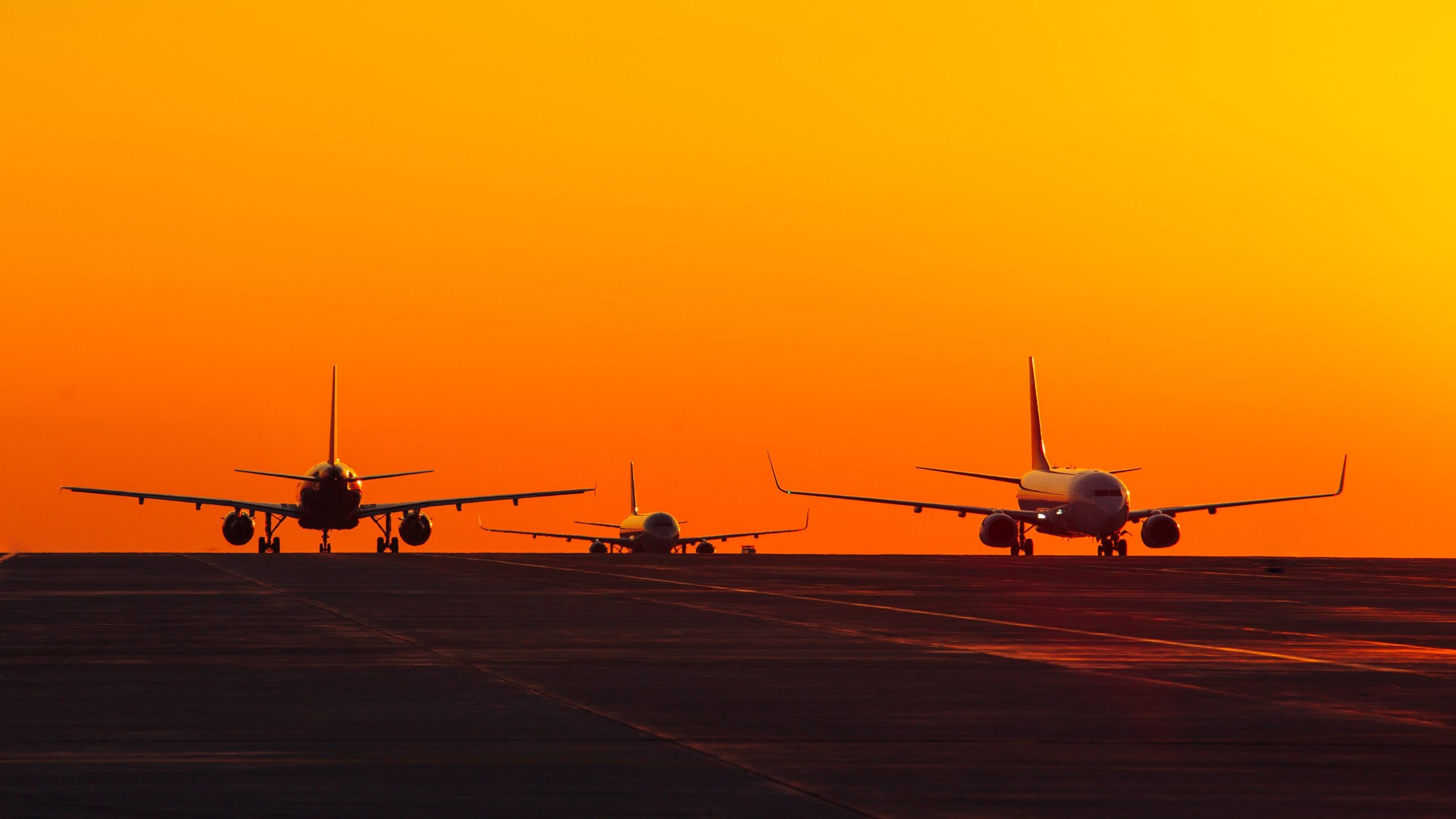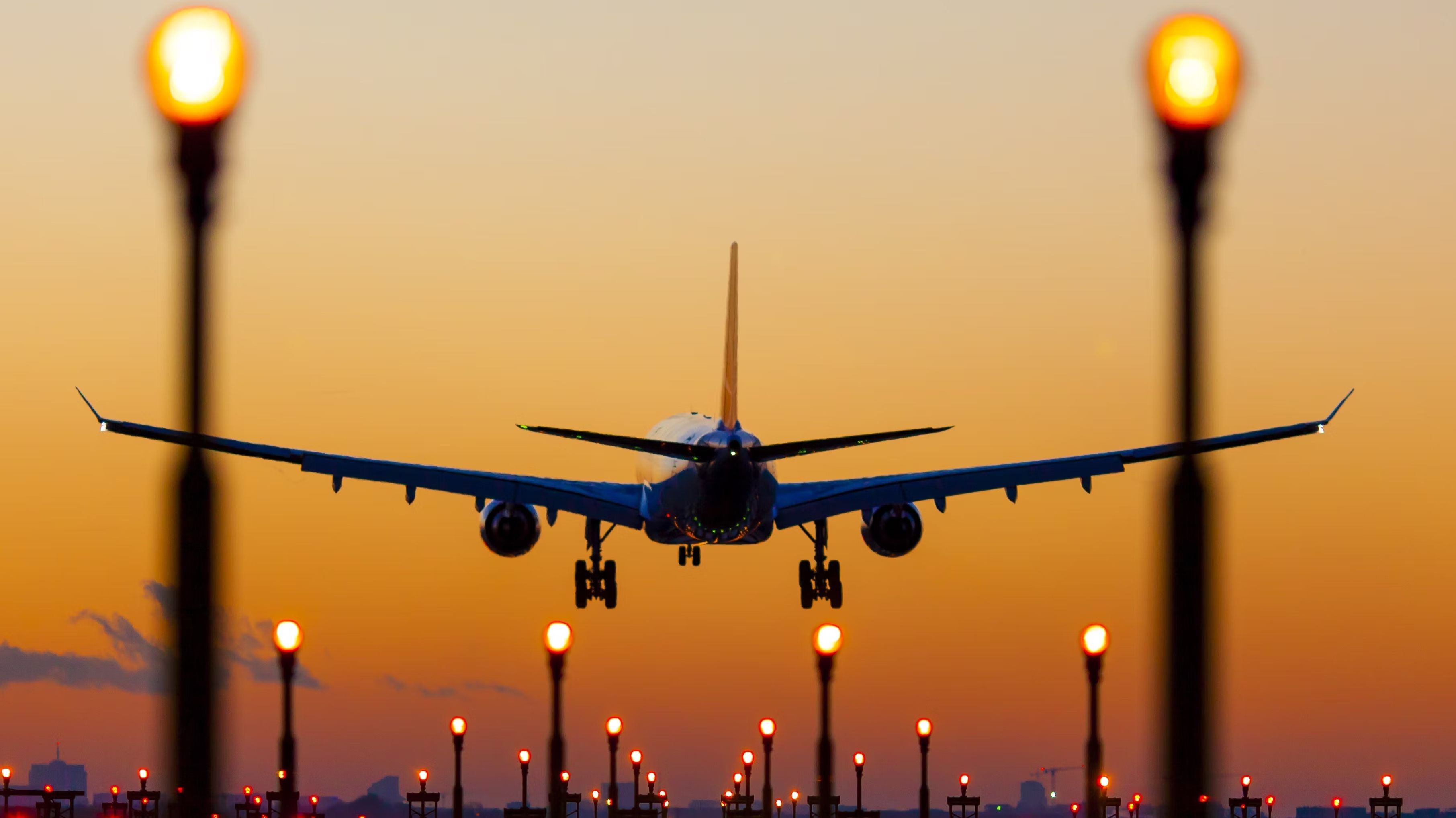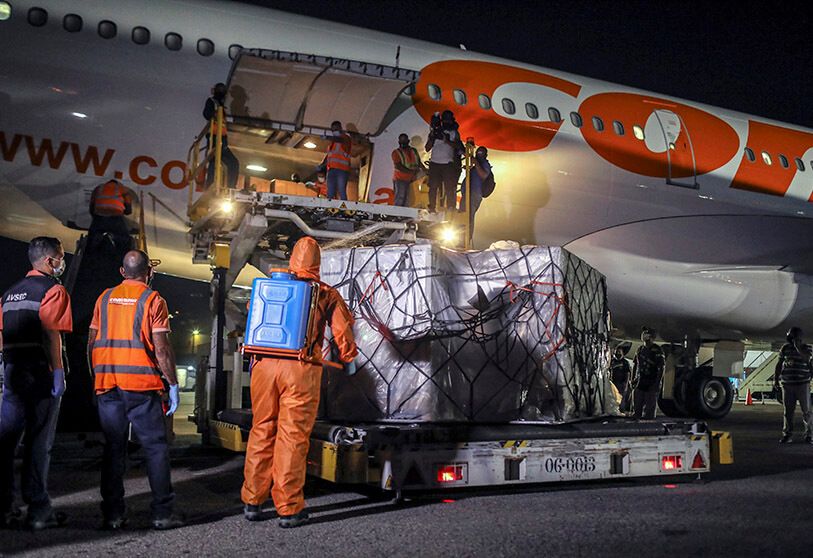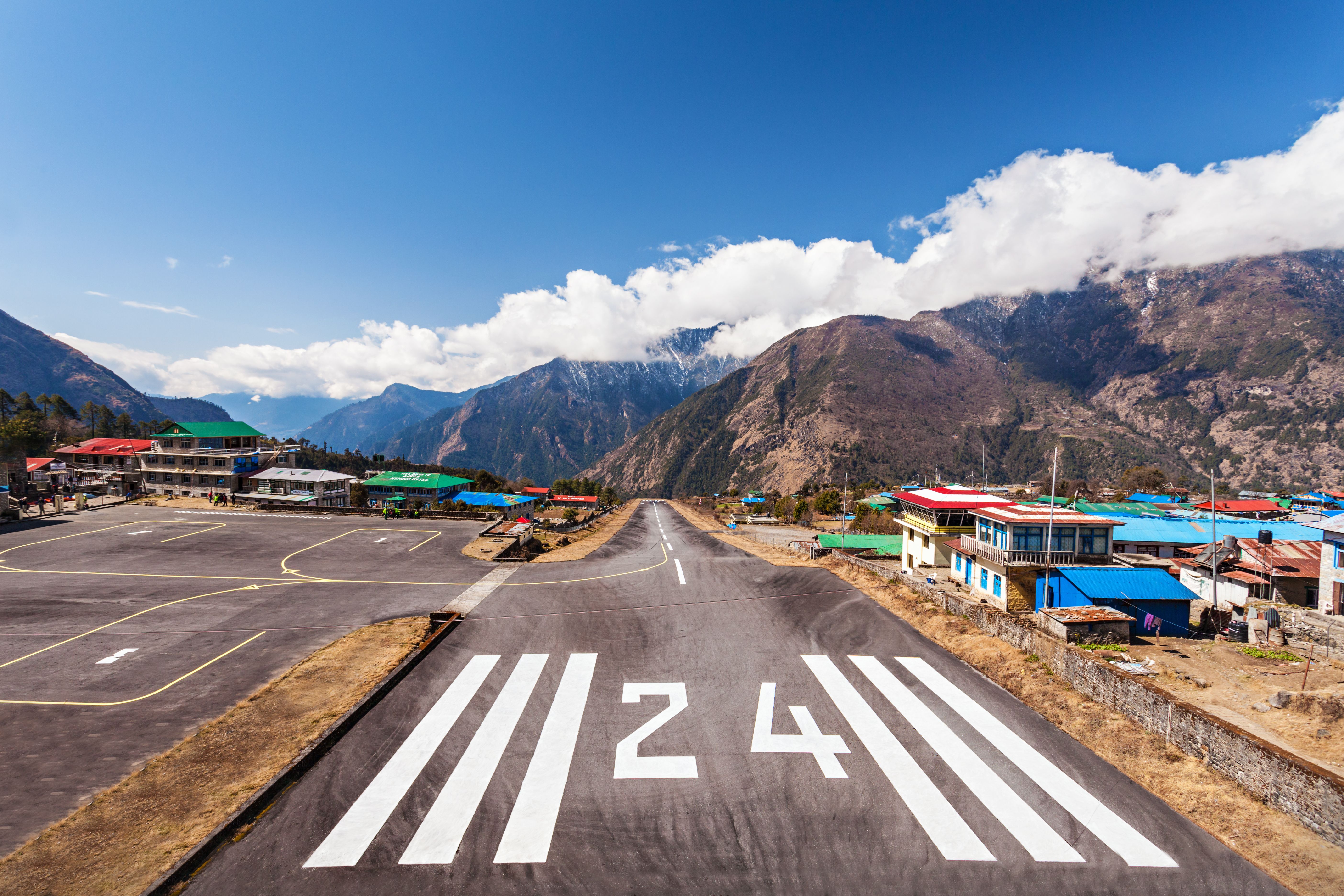Summary
- Technical diversions involve fuel, maintenance staff, and available flights.
- Emergency diversions require coordination with telemedicine doctors.
- Weather-related diversions rely on communication with ATC and flight plan adjustments.
Flight diversions, a seemingly straightforward process, are a complex interplay of various factors. The decision-making process is affected due to weather, mechanical issues, or other emergencies. Fuel considerations, the availability of maintenance facilities, and the aircraft’s condition all contribute to determining the most suitable airport to divert to. Airlines face the challenge of striking a delicate balance between technical requirements and passenger service, ensuring safety while minimizing disruptions.
Photo: Guido Benedetto I Shutterstock
Therefore, it becomes clear that whenever a flight diversion occurs, there is always a depth of complexity that is not immediately apparent. Landing at the closest airport during a diversion might seem to be the best option, but practical considerations often lead to a different decision. Let’s learn about some factors that play a decisive role in determining if the closest airport is the best airport to divert to.

Related
How Do Pilots Decide When To Divert & Where To Go?
Pilots and dispatcher work together to make sure the plane is on the ground with plenty of fuel still in the tanks.
Some factors restrain aircraft from choosing the nearest airport.
1. Technical Diversions:
Once an immediate landing is ruled out, flight crew assess the situation to determine the best diversion airport. Some of the factors that come into play during a technical diversion include:
- Fuel onboard
- Presence of maintenance staff
- Availability of additional flights
One of the biggest factors that needs to be considered during a diversion is the amount of fuel onboard. Because aircraft have a maximum landing weight, they may need to burn or jettison fuel before landing. If an aircraft suffers a technical problem, it will choose to divert to airports with proper maintenance staff and facilities. Further, the airline will consider if the airport has scheduled available flights for passengers.
2. Emergency Diversions:
Emergency diversions follow checklists or the captain’s authority. Phrases like “land at the nearest suitable airport” or “land as soon as possible” guide these decisions. Medical diversions require authorization from airline telemedicine doctors, usually under critical circumstances. Contrary to popular belief, only airline-employed telemedical service doctors, dispatchers, or pilots can authorize diversions. Traveling doctors assist but aren’t the authorities.
Photo: Chinese Embassy in Venezuela
During medical emergencies, the choice of the airport to divert to depends upon whether the required medical facilities are available in/near the airport. If the situation of the patient is dire, diverting to the nearest airport, which might have only basic medical facilities, can be a good option. If the patient has a fairly manageable condition, the crew, in coordination with medical staff, can determine the best airport for the patient.
3. Weather-Related Diversions:
Inclement weather often leads to diversions. In a country like Nepal where many airports are located in the mountainous regions, pockets of clouds can develop quite quickly over a region. And these clouds can also envelop the nearest surrounding airport.
Photo: saiko3p | Shutterstock
For example, the nearest airport from Lukla airport is the Phaplu airport. But Phaplu airport is only a few minutes’ flight away from Lukla. So inclement weather in Lukla is most of the time synonymous with inclement weather in Phaplu, given that both of these airports lie in the same district – Solukhumbu. In such cases, most flights are diverted to Kathmandu, which is almost 45 minutes’ flight from the world’s most dangerous airport.
Who decides to divert, and how do pilots communicate about a diversion?
Pilots communicate with air traffic control (ATC) to ensure a safe transition during a diversion. When the decision to divert is made, the flight crew notifies ATC. The crew provides essential details, such as:
- Reason for diversion
- Estimated time of arrival at the new airport
- Any special requirements (like medical emergencies)
Photo: Gorodenkoff I Shutterstock
Then, a new flight plan is made. The communication is done via radio frequencies assigned by ATC. They follow standard phraseology and protocols. Key messages include:
- Position reports
- Altitude changes
- Intentions (e.g., approach, landing)
ATC coordinates with the airport where the diverted flight can be landed. This ensures that the flight needing a diversion has a smooth transition. The availability of runway and emergency service readiness are checked beforehand. Eventually, clearances and approaches are made.
Ensuring passengers’ safety and comfort is highly influential
When an aircraft diverts, passengers experience various scenarios depending on the situation. For minor disruptions (temporary weather issues, basic technical problems), the flight may continue to its original destination after a short delay. The aircraft lands at the nearest suitable airport in emergencies (threats to safety, medical issues). Passengers are transferred to the next available flight to reach their final destination.
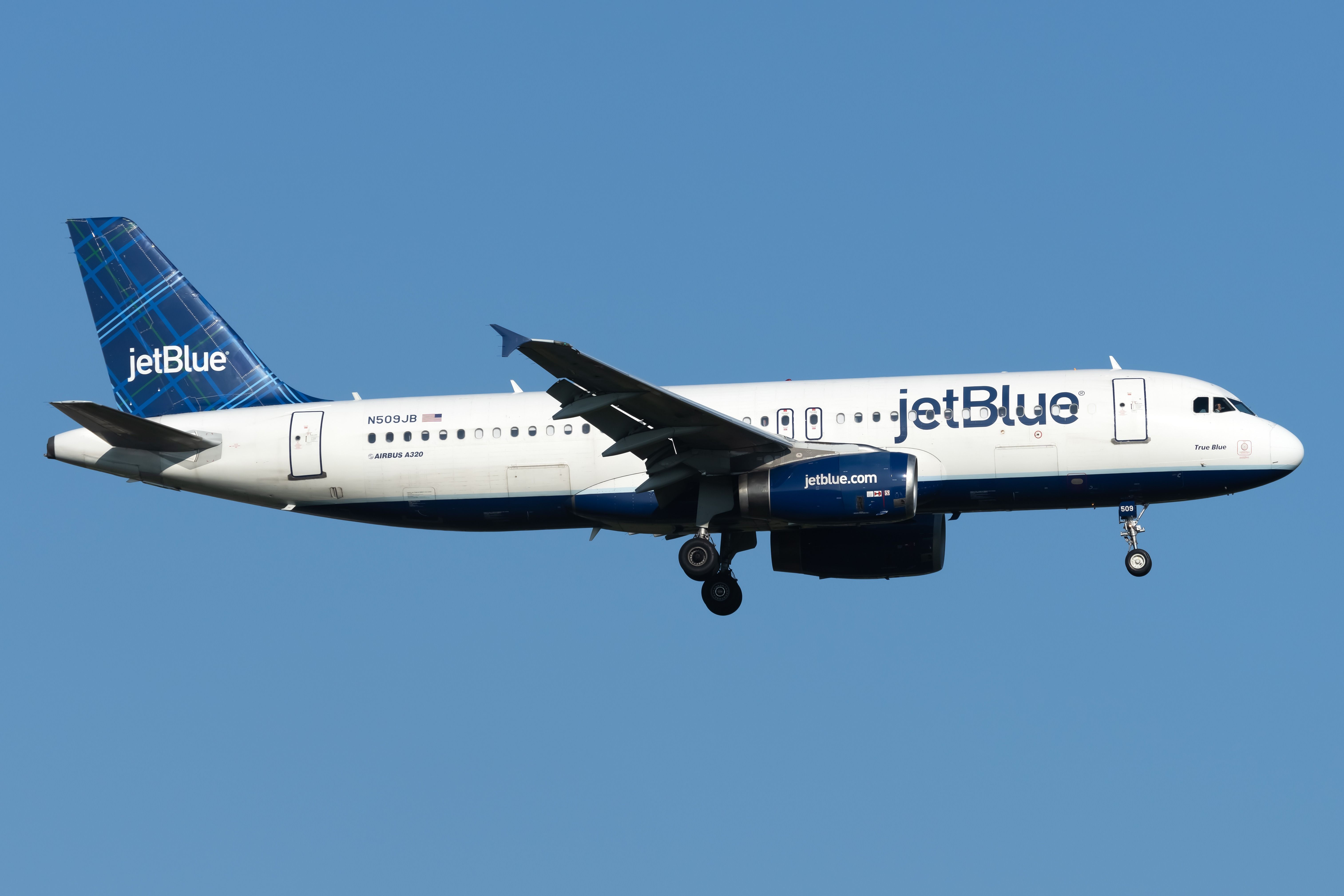
Related
Pilot Breakdown: The Unusual Diversion Of JetBlue Flight 191
A story of how mental health can affect the flight deck.
Airlines plan diversions to airports where they have a presence or can find services providing convenience for the passengers. Sometimes, unprepared airports pose challenges (e.g., no jetways or customs facilities). Regardless of the cause, airlines must get passengers to their final destination at no extra cost. Therefore, the airlines select the airport accordingly.
Putting it all together
In summary, aircraft choose the best outcome, considering every aspect possible in the diversions. When flights divert for multiple reasons, the decision isn’t always to land at the nearest airport. Airlines strive to harmonize technical requirements with passenger service to optimize safety and minimize disarray.
Have you ever been on a flight that has diverted? Share your experiences by commenting below.

